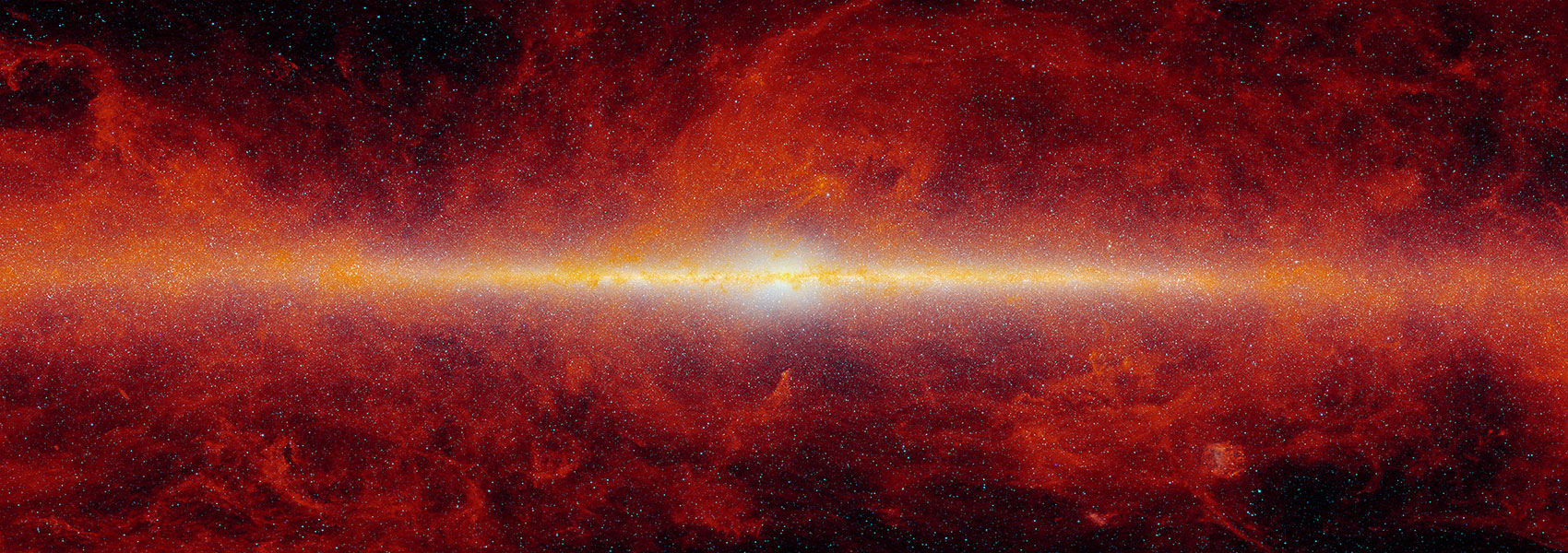
The Type Icn SN 2021csp: Implications for the Origins of the Fastest Supernovae and the Fates of Wolf-Rayet Stars
March 2022 • 2022ApJ...927..180P
Abstract • We present observations of SN 2021csp, the second example of a newly identified type of supernova (SN) hallmarked by strong, narrow, P Cygni carbon features at early times (Type Icn). The SN appears as a fast and luminous blue transient at early times, reaching a peak absolute magnitude of -20 within 3 days due to strong interaction between fast SN ejecta (v ≍ 30,000 km s-1) and a massive, dense, fast-moving C/O wind shed by the WC-like progenitor months before explosion. The narrow-line features disappear from the spectrum 10-20 days after explosion and are replaced by a blue continuum dominated by broad Fe features, reminiscent of Type Ibn and IIn supernovae and indicative of weaker interaction with more extended H/He-poor material. The transient then abruptly fades ~60 days post-explosion when interaction ceases. Deep limits at later phases suggest minimal heavy-element nucleosynthesis, a low ejecta mass, or both, and imply an origin distinct from that of classical Type Ic SNe. We place SN 2021csp in context with other fast-evolving interacting transients, and discuss various progenitor scenarios: an ultrastripped progenitor star, a pulsational pair-instability eruption, or a jet-driven fallback SN from a Wolf-Rayet (W-R) star. The fallback scenario would naturally explain the similarity between these events and radio-loud fast transients, and suggests a picture in which most stars massive enough to undergo a W-R phase collapse directly to black holes at the end of their lives.
Links
- PREPRINT http://arxiv.org/abs/2111.12110
- NED https://ned.ipac.caltech.edu/uri/NED::InRefcode/2022ApJ...927..180P
- ELECTR https://doi.org/10.3847/1538-4357/ac478e
- SIMBAD https://simbad.u-strasbg.fr/simbad/sim-ref?querymethod=bib&simbo=on&submit=submit+bibcode&bibcode=2022ApJ...927..180P
- PDF https://iopscience.iop.org/article/10.3847/1538-4357/ac478e/pdf
- DATA http://archive.eso.org/bin/ads2eso?2022ApJ...927..180P
- DATA https://archive.stsci.edu/mastbibref.php?bibcode=2022ApJ...927..180P
- DATA https://cdsarc.cds.unistra.fr/viz-bin/cat/J/ApJ/927/180
- DATA https://hst.esac.esa.int/ehst/#/pages/search;bibcode=2022ApJ...927..180P
- DATA https://irsa.ipac.caltech.edu/bibdata/2022/P/2022ApJ...927..180P.html


